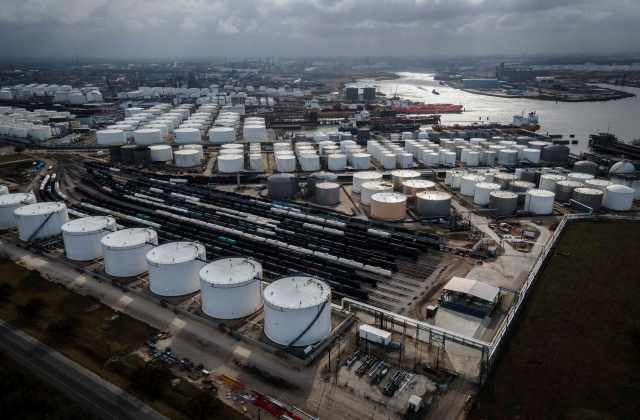Oil Markets Resilient Despite Middle East Unrest and Red Sea Attacks

Washington: In the aftermath of Russia’s 2022 invasion of Ukraine, oil prices surged past $100 per barrel. However, the current geopolitical landscape, including tensions in the Middle East and Red Sea shipping attacks, has not mirrored such drastic oil market reactions, as reported by the media.
Last month witnessed a spike in oil prices following US-led strikes on Houthi targets in Yemen in response to repeated Red Sea commercial ship attacks. Despite fluctuations tied to Wall Street’s considerations of interest rates, the US dollar, and geopolitical tensions, oil prices remain notably below their 2022 peaks. West Texas Intermediate settled at $77.59 per barrel, with Brent crude futures at $82.86 per barrel.
A significant factor in moderating oil prices could be dwindling demand. The International Energy Agency’s recent monthly report predicts a slowdown in global demand growth, from 2.3 million barrels per day (bpd) in 2023 to 1.2 million bpd in 2024. The report indicates that global oil demand growth is losing momentum, marking the conclusion of the expansive post-pandemic growth phase.
Despite expectations for China’s robust economic recovery in 2023 post-Covid, the reality has been a stalled economy due to a property crisis, weak spending, and high youth unemployment. Some economists foresee decades of stagnation for China.






